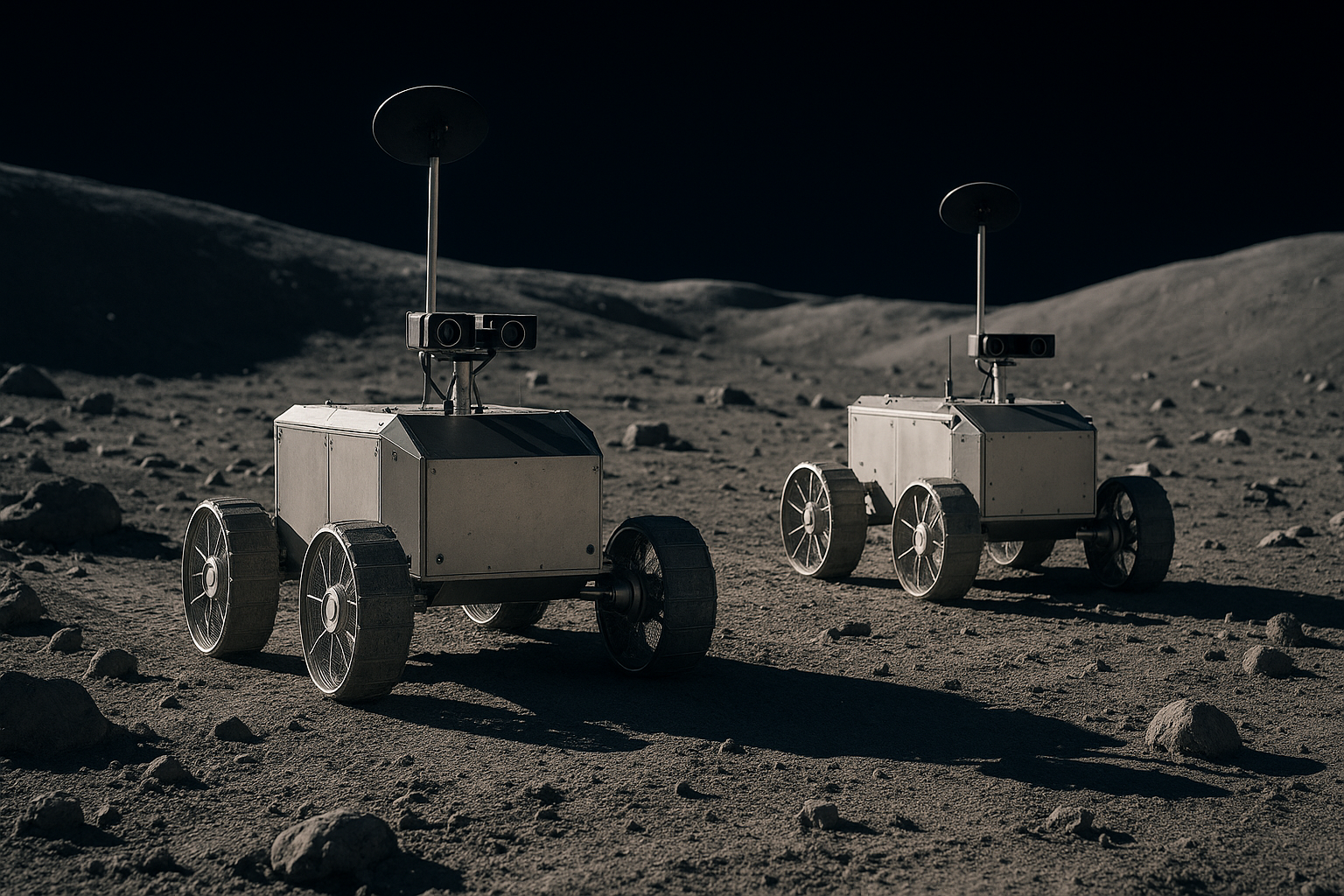6 Insane Technologies Being Tested for Lunar Missions in 2026
As humanity sets its sights on returning to the Moon, the year 2026 promises to be a pivotal moment in space exploration. This renewed interest in lunar missions is fueled by the desire to establish a sustainable human presence on the Moon and utilize it as a springboard for future Mars expeditions. At the heart of these ambitious plans are six groundbreaking technologies currently under rigorous testing, each poised to redefine our approach to space travel. These innovations not only promise to enhance the efficiency and safety of lunar missions but also hold the potential to revolutionize our understanding of the Moon and beyond. In this article, we will delve into these six remarkable technologies, exploring their development, functionality, and the transformative impact they could have on the future of space exploration.
Autonomous Lunar Rovers

One of the most exciting technologies being tested for lunar missions in 2026 is the development of autonomous lunar rovers. These advanced rovers are designed to navigate the Moon's rugged terrain without direct human intervention, using sophisticated algorithms and AI-driven decision-making processes. Unlike their predecessors, these rovers can operate independently for extended periods, collecting samples, conducting experiments, and transmitting data back to Earth. The autonomy of these rovers is crucial for exploring areas of the Moon that are difficult for humans to reach, such as the permanently shadowed regions at the lunar poles where water ice is believed to exist. By leveraging machine learning and sensor fusion, these rovers can adapt to unpredictable environments, making them invaluable assets for future lunar exploration missions.